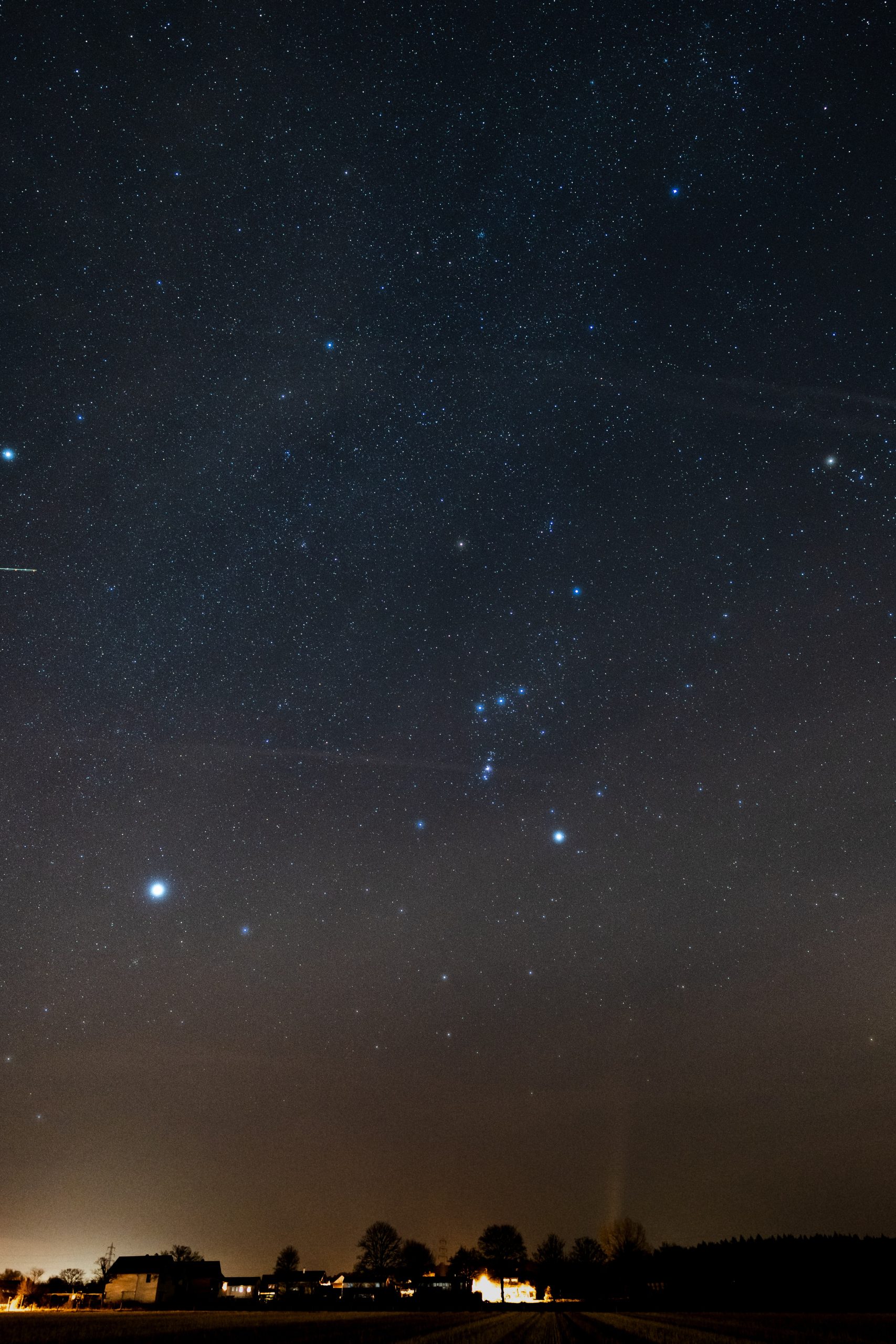How Do Different Countries Celebrate Lunar New Year?
The Lunar New Year, also known as the Spring Festival, is one of the most significant holidays celebrated by millions of people around the world. While it is commonly associated with China, numerous countries and cultures have their unique customs and traditions to welcome the new lunar year. In this blog post, we will take a virtual journey across different countries to explore how they celebrate this joyous and auspicious occasion.
1. China
China is the birthplace of Lunar New Year celebrations, and the atmosphere during this time is incredibly vibrant and festive. The festivities begin with the iconic Spring Festival Gala, a televised event that showcases various performances, including song and dance routines, skits, and acrobatics.
On the eve of the Lunar New Year, families gather for a reunion dinner—considered the most important meal of the year—featuring a lavish spread of dishes symbolizing good luck, prosperity, and longevity. Red packets filled with money are gifted to children, symbolizing good fortune for the coming year.
The celebration continues for 15 days, during which people visit relatives and friends, exchange gifts, and participate in various cultural activities such as dragon and lion dances, lantern festivals, and temple fairs.
2. South Korea
In South Korea, Lunar New Year is known as Seollal. This three-day celebration is a time for family reunions, honoring ancestors, and paying respects at ancestral graves.
On Seollal, families gather to perform ancestral memorial rites, known as Charye, where they offer food and drinks to their deceased relatives. People also wear traditional attire called hanbok and participate in activities like playing traditional games, such as yunnori, and making and flying colorful traditional kites.
Another popular tradition during Seollal is the making and sharing of Tteokguk, a soup made with sliced rice cakes. Eating Tteokguk symbolizes getting a year older and gaining good luck for the year ahead.
3. Vietnam
In Vietnam, Lunar New Year is known as Tết Nguyên Đán and holds great significance in the Vietnamese culture. Tết is a time for family reunions, expressing gratitude to ancestors, and welcoming the new year with hope and good wishes.
During Tết, homes are thoroughly cleaned, and families decorate their houses with vibrant red and gold ornaments, such as peach blossoms and traditional calligraphy paintings. Kumquat trees are also commonly placed in homes as a symbol of prosperity.
To celebrate Tết, families gather for a feast that includes traditional dishes such as Bánh Chưng (a square sticky rice cake filled with mung beans and pork) and Mut (candied fruits and seeds).
People also engage in ritual activities such as visiting temples to pray for a prosperous year, paying respects to ancestors, and exchanging good wishes and lucky money in red envelopes.
4. Malaysia
In Malaysia, Lunar New Year is widely celebrated by the Chinese-Malay community. The festivities are known as Chinese New Year or Tahun Baru Cina.
The celebrations in Malaysia have a multicultural twist, with influences from various ethnic groups. Malaysians of Chinese descent come together to celebrate with lion and dragon dances, firecrackers, and vibrant parades featuring traditional costumes.
One of the highlights of Chinese New Year in Malaysia is the open houses, where families of all ethnicities invite friends and neighbors to their homes to share festive food and exchange greetings. The open houses promote unity and friendship among different communities.
5. Indonesia
Indonesia, with its diverse cultural landscape, also celebrates Lunar New Year, known as Imlek in Indonesian. The Chinese-Indonesian community commemorates this occasion with ancestral worship, family gatherings, and traditional ceremonies.
Imlek festivities in Indonesia include lion and dragon dances, fireworks, food fairs, and lantern processions. The vibrant celebrations are especially prominent in areas like Jakarta and Semarang, which have significant Chinese-Indonesian populations.
Family traditions during Imlek include visiting temples, burning incense, and offering prayers to deities. Elders give out angpao (red envelopes filled with money) to their children and unmarried relatives as a token of good fortune.
Conclusion
Lunar New Year is a time of joy, reflection, and togetherness across numerous countries and cultures. While each country has its own customs and traditions, the essence of the celebration remains the same—reuniting with loved ones, honoring ancestors, and embracing hope, luck, and prosperity for the year ahead.
Whether you’re enjoying a delicious reunion dinner in China or receiving angpao in Indonesia, Lunar New Year is a time of sharing happiness, spreading kindness, and looking forward to a prosperous future.
Table of Contents
